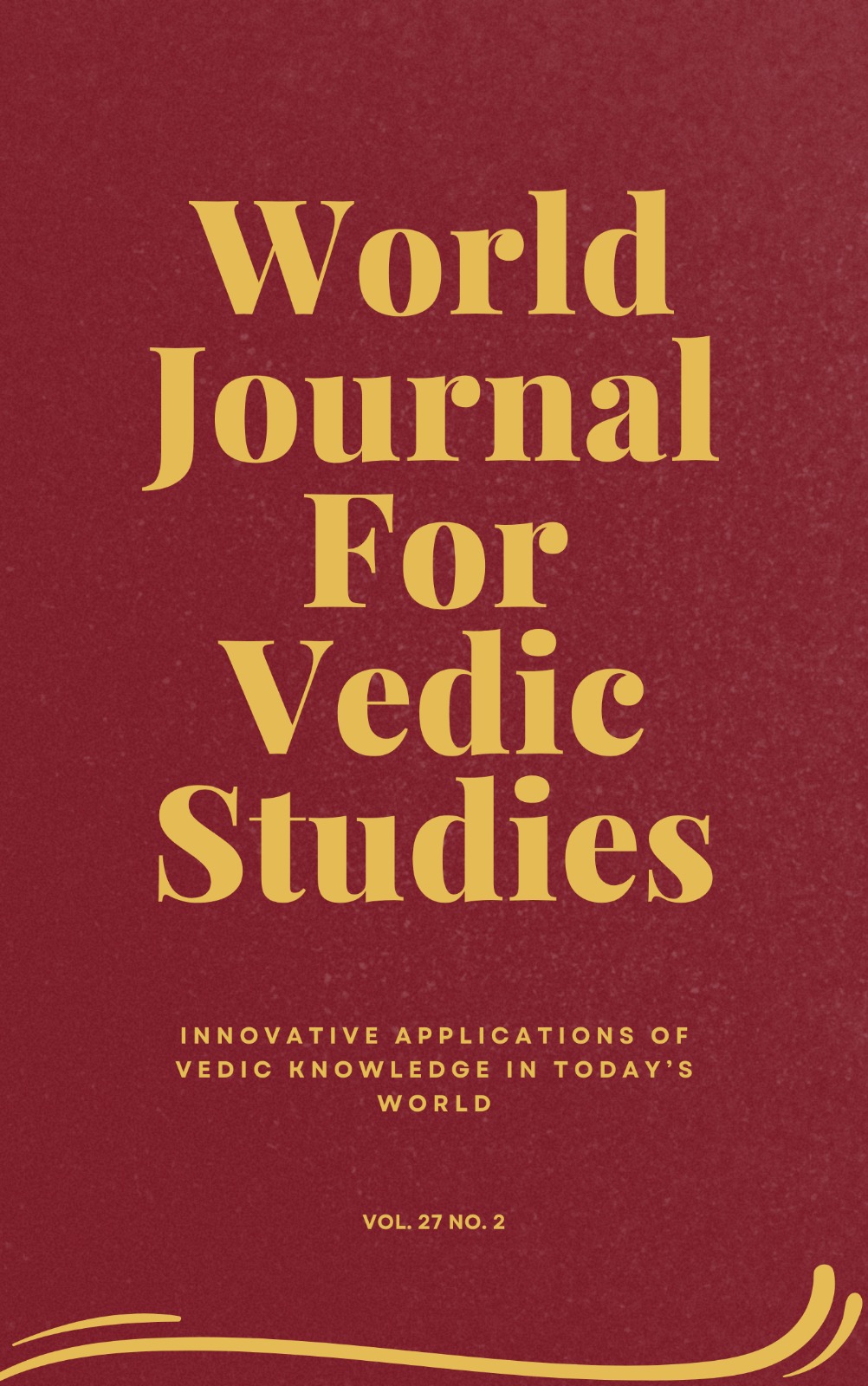Traditional Knowledge of Vedic Grasses : Significance and Medicinal Uses
Main Article Content
Abstract
Grasses have originated and evolved even before human origin. The grass species are revealed in the Vedic texts with specific purpose. These grasses are used in various rituals and also as medicinal herbs that are detailed in the Veda Saṁhitas, Brāhmaṇās, Āraṇyakas, Upaniṣads, Epics, Purāṇas and also in later Sanskrit texts. These grasses are used as precise medicinal purposes from the Vedic period. They occupy a significant position in many traditional medicines including Āyurveda, but their importance is poorly documented. These belong to Gramineae or Poaceae family containing 11,000 species including important cereal crops such as paddy, wheat, wild rice and millets. These grasses can be classified into cereal crops, millets and wild grasses. The cereal crops and millets revealed in the Vedic texts are still being cultivated even today for food and fodder. The present article elucidates the descriptions of these grasses, their ritualistic and medicinal significances revealed in the Vedic texts are discussed.

